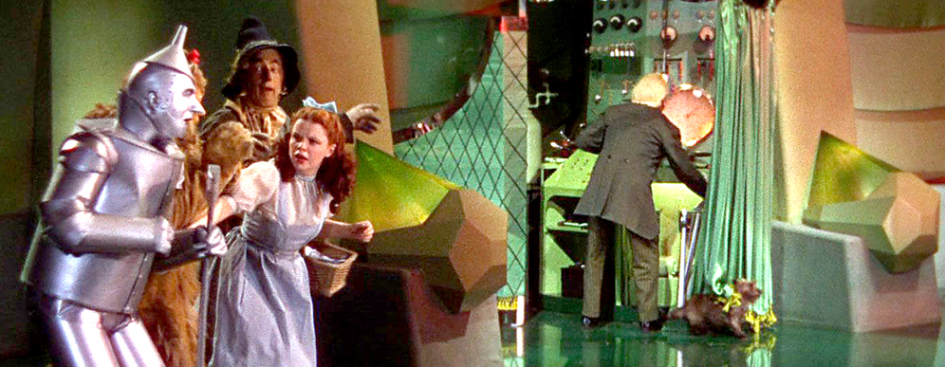Years ago, we called it “employee satisfaction”. After that it was “engagement”. Josh Bersin even speculated that it should be called “marriage” because that logically followed “engagement.” Talk about weird mental gymnastics designed to gather clicks and attention. Here’s where I took issue with that rather flexible logic.
At that time, I had posted the whole employee “engagement” industry was changing the terminology and lexicon related to the outcomes of employee surveys in order to hide the fact they (the general HR consulting class) don’t really know what the problem is, or how to fix “engagement” scores. So, they decided that if you can’t fix the problem, change the problem to fix.
And here we go again.
New Metrics – New Solutions – Same Problems
A recent Fast Company article, spit out by someone who sells … wait for it … a brand of employee engagement, once again reframed the discussion because they couldn’t solve the problem they promised they could solve with their last “big idea.” Name another job where when you fail to do what you promised you’d do, you can convince the person who paid you, you didn’t fail, but that
they defined the problem incorrectly and NOW you have the right answer.
That is the world of employee engagement.
I have repeatedly said engagement (employee or otherwise) will come from less technology, less “data”, fewer surveys, less “positioning”, but more conversations. (Note: data can inform the conversation so it’s not about NO data – just more actionable data for the manager.)
In 2017 I wrote a post called “Little Shop of Engagement Horrors” that said:
“How many ways can I say we keep doing the same thing over and over with no real impact? I’ve been writing a blog on engagement for 10 years now and I can look at my posts in 2007 and they are duplicated today by the new crop of bloggers. There are no new ideas. And no new results.
I believe – and I’ve said it more times than I care to share – engagement is a human function and therefore requires human intervention. It is not a technology. It is not a survey. It is not an award.
It is a human being connecting with another human being around what is important to them.
And that, gentle reader, is the real and only function of management.”
Do the Hard Work
Don’t fall for another definition of engagement because your “consultant” couldn’t fix the first engagement problem.
Knowing what drives engagement isn’t hard (it’s connection and value recognition btw).
DOING what drives engagement is MASSIVELY difficult.
And that is the real problem.
No one wants to hold managers accountable for human connections. It is easier to create KPIs that are easy to measure and track. And then rely on poorly designed surveys asking irrelevant questions that wouldn’t need to be asked if managers were doing a great job of connecting one-on-one with their employees.
Don’t fall for “new” ideas in employee engagement. Too often they are simply diversionary tactics to get you to spend more money to get the same results (engagement stats have been static for 20 years!)
Want engagement? Teach managers how to connect with human beings and then drive manager behaviors that lead to engagement. Period. Full stop. Mic drop.
In other words, pay no attention to the person behind the Consulting Curtain.
What to talk with someone who’s made a living pulling curtains? Just click this link and we can talk through how finally drive real engagement in your organization.





Recent Comments